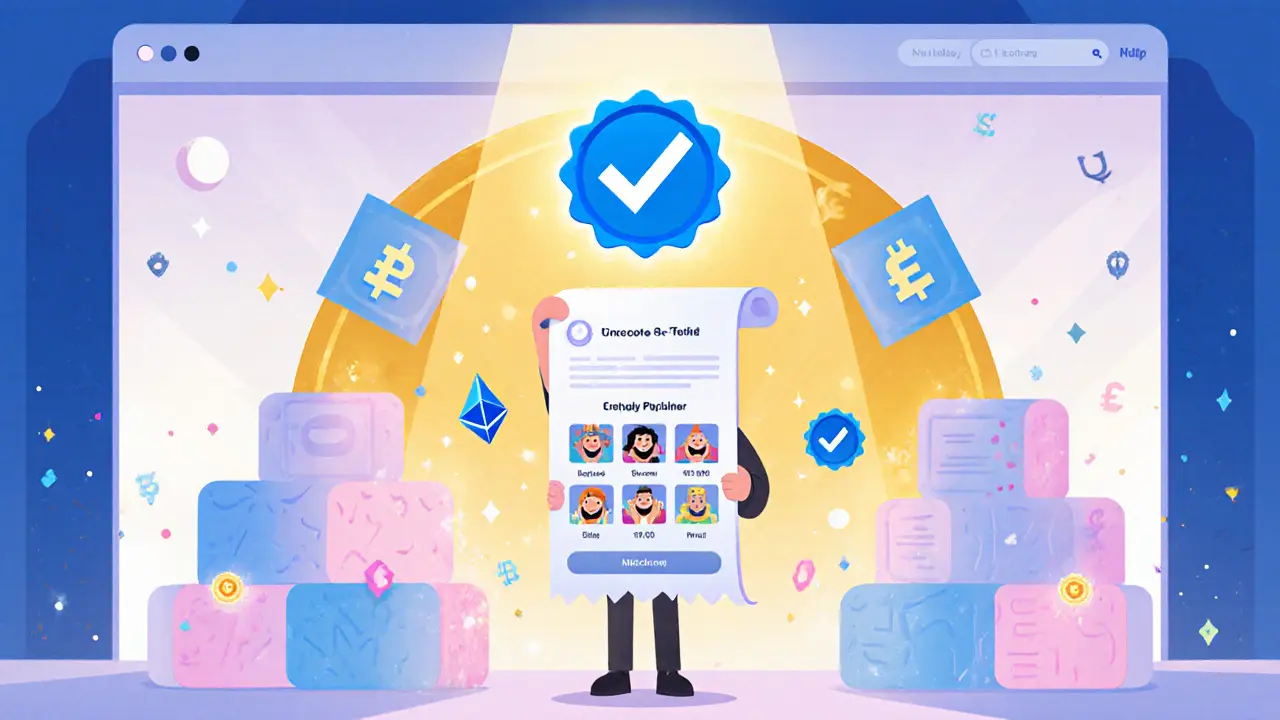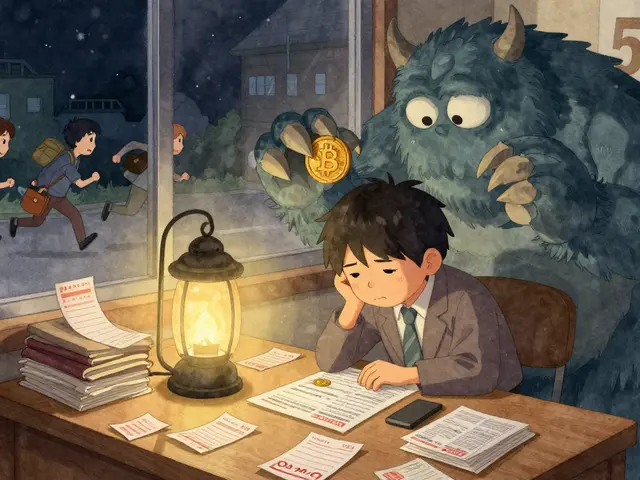OpenSea Verification: Why It Matters and How It Works
When dealing with OpenSea verification, the process that confirms a creator’s identity and the legitimacy of their NFTs on the OpenSea marketplace, you’re essentially adding a badge of trust that can boost buyer confidence and reduce fraud. Also known as OpenSea, the largest NFT marketplace where artists, collectors, and traders list and trade digital assets, the platform relies on this verification to keep its catalog clean. Another key player in the ecosystem is the NFT, a unique token on a blockchain that represents ownership of a digital or physical item. Together, verification, the marketplace, and the token type create a triangle of trust that protects both sellers and buyers.
Key Elements Behind a Successful Verification
The first step is linking a crypto wallet, a secure digital container that holds your private keys and allows you to interact with blockchain applications to your OpenSea account. This link proves you control the address that will mint or list the NFTs, which is a core requirement for verification. Next, you’ll need to provide official identification—government‑issued ID, business documents, or social‑media profiles—so OpenSea can match the wallet owner to a real‑world identity. Finally, you must meet the platform’s activity thresholds: a minimum number of listed items, transaction volume, and a clean history free of scams. These attributes form the semantic triple: OpenSea verification requires wallet linking, identity documentation, and activity standards.
Once approved, the verification badge appears next to your profile and each verified collection, signaling authenticity to potential buyers. This badge often leads to higher visibility in search results and curated showcases, because the marketplace’s algorithms prioritize verified creators. It also reduces the risk of counterfeit listings, as the verification process cross‑checks contract addresses and token metadata against the claimed creator. In short, verification enables a feedback loop: trusted creators attract more buyers, which generates more sales data, reinforcing the creator’s trustworthy status.
For collectors, understanding verification helps you spot genuine drops and avoid phishing scams. Look for the blue check next to a collection, confirm that the linked wallet matches the creator’s public statements, and review the token’s on‑chain data for consistency. If any of these pieces don’t line up, it’s a red flag that the listing might be fake. By staying aware of how verification intersects with wallet security and NFT metadata, you can make smarter purchasing decisions and protect your investments.
Below you’ll find a curated set of articles that dive deeper into every aspect mentioned here—from step‑by‑step wallet linking guides and identity document tips to case studies of verified projects and security best practices. Whether you’re a creator looking to add that official seal or a buyer trying to verify a collection’s legitimacy, the resources ahead will give you actionable insight and concrete tools to navigate OpenSea’s verification landscape confidently.
How NFT Marketplaces Verify Collections - Processes, Criteria & Best Practices
Learn how NFT marketplaces verify collections, from volume thresholds and manual reviews to emerging zero‑knowledge proof methods, plus step‑by‑step guides for OpenSea, LooksRare, and more.





